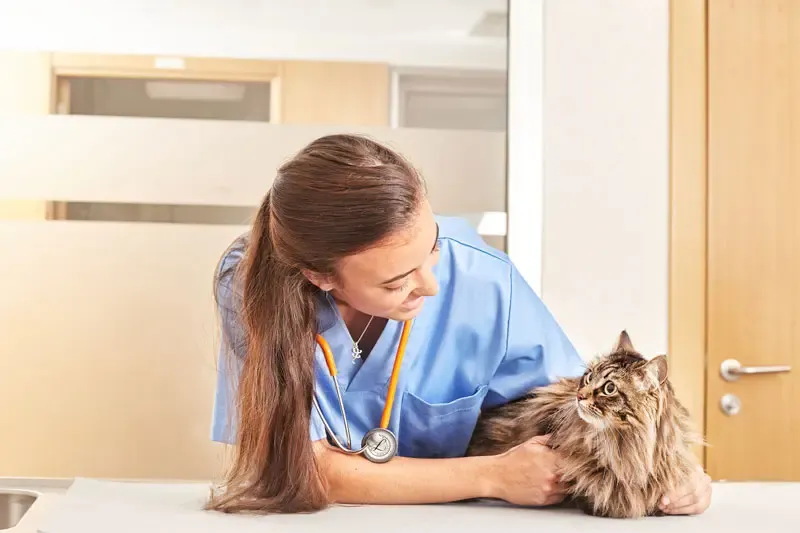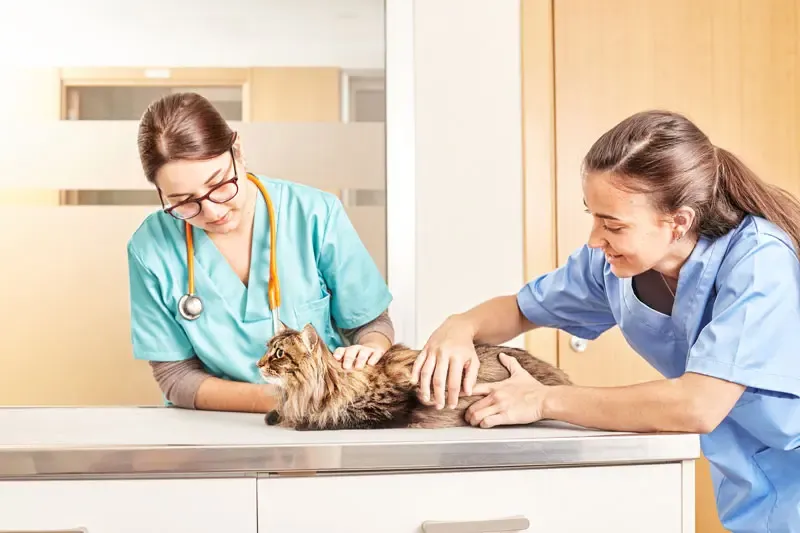In this post, we will look at six key modifiable environmental factors that will help reduce stress and improve the animal’s behaviour. We explain how rotating a cat’s toys is one of them.
Have you heard about MEMO (multimodal environmental modification) interventions?
A dirty litter tray or the lack of a climbing tree to play on can increase a cat’s stress and may even trigger urinary problems.
In this post, we will look at six key modifiable environmental factors that will help reduce stress and improve the animal’s behaviour. We explain how rotating a cat’s toys is one of them.
Have you heard about MEMO (multimodal environmental modification) interventions?
Lots of studies have assessed how cats are affected by how comfortable they feel in their environment and how this, in turn, has a direct effect on their health, emotional well-being and behaviour (Ellis, et al. 2013). Consequently, a few years ago animal behaviour specialists established a series of environmental enrichment measures to improve the household cat’s level of comfort ; these steps have proven beneficial for pet cats as they reduce their stress.
MEMO interventions involve a set of guidelines and changes to be implemented in the cat’s direct environment , affecting both the everyday objects with which it comes into contact as well as dietary guidelines and basic education for the owner. All of this, as we have already mentioned, is intended to reduce the cat’s stress, improve its health and mitigate urinary problems (Buffington 2006).
Did you know that MEMO interventions reduce the risk of feline lower urinary tract disease?
Six key factors in the cat’s environment, check them out!
We have developed a straightforward tool based on the MEMO survey (Buffington et al., 2006) which should prove very useful when explaining to owners which environmental interventions are needed and how to implement them. This will reduce the cat’s stress and, in turn, decrease the risk of urinary problems.
Six key environmental factors for reducing stress in cats:
- Elevated resting area
- Hiding places with escape routes
- Fresh food and water
- Clean litter tray
- Social contact
- Scratching post and cat toys
Cats play as if they are hunting a bird or mouse, so many cats like their toys to imitate their favourite prey (whether they hunt them in the air, drag them around or trap them when they move). Fabric textures, fake mice or pieces of food that can be made to rolled along the ground make up some of their favourites.
Playing is their way of staying active and satisfying their instinct to hunt for real prey. Each cat’s toys should be rotated regularly, at least once a week to provide variation.
In nature, wild cats hunt, hide from predators (often by climbing) and defend their territories. Domestic cats need to imitate these behaviours, so they require the right tools to do that (Ohio State University).
Bibliography:
- Ellis SL, Rodan I, Carney HC, Heath S, Rochlitz I, Shearburn LD, Sundahl E, Westropp JL. AAFP and ISFM feline environmental needs guidelines. J Feline Med Surg. 2013 Mar;15(3):219-30. doi: 10.1177/1098612X13477537.
- Buffington CA, Westropp JL, Chew DJ, Bolus RR. Clinical evaluation of multimodal environmental modification (MEMO) in the management of cats with idiopathic cystitis. J Feline Med Surg. 2006 Aug;8(4):261-8.
- The Ohio State University Veterinary Medical Center. Keeping Cats Indoors. indoorpet.osu.edu









